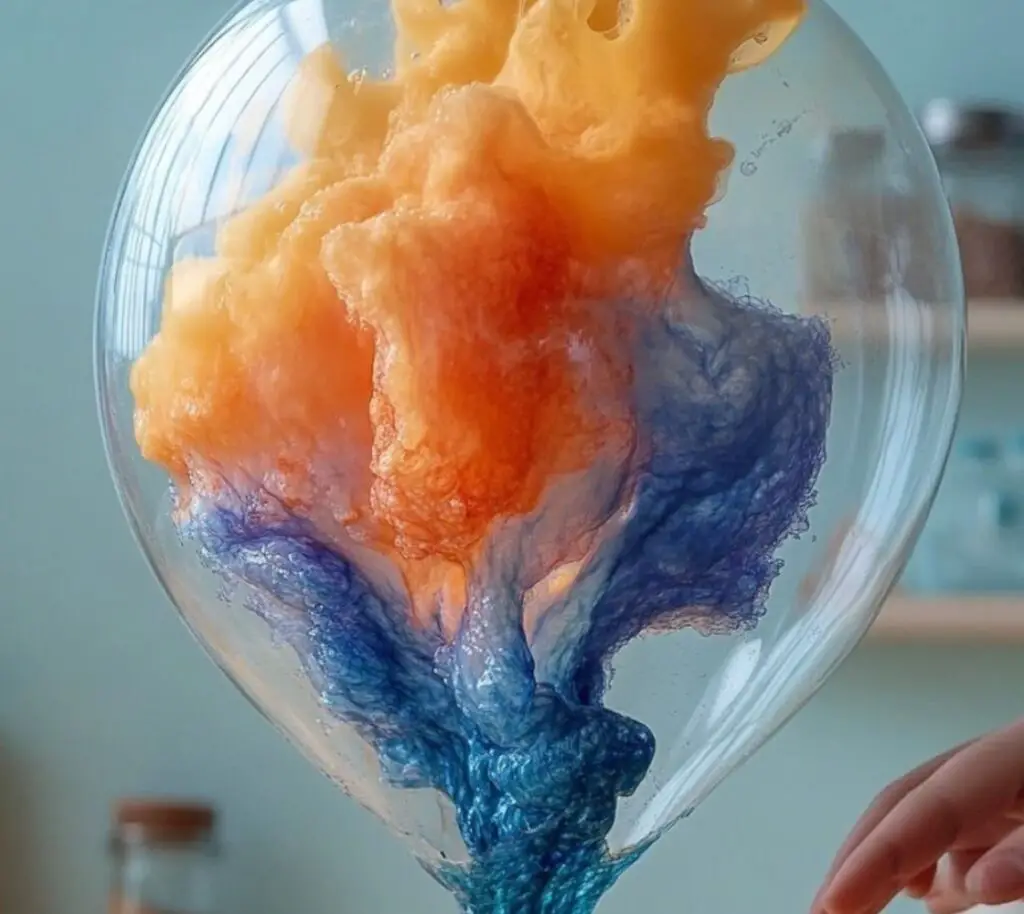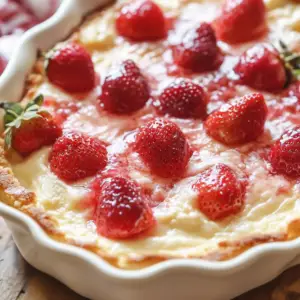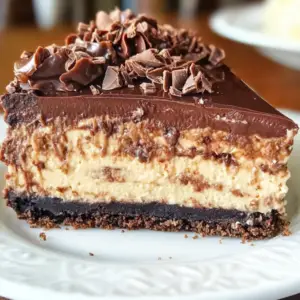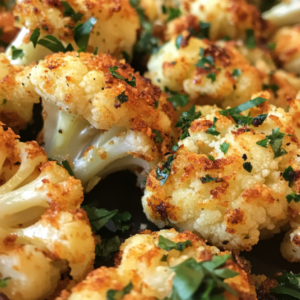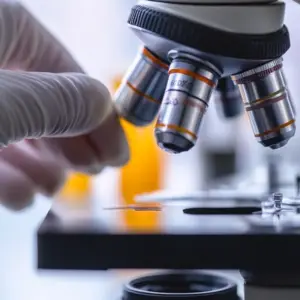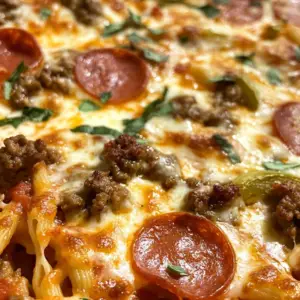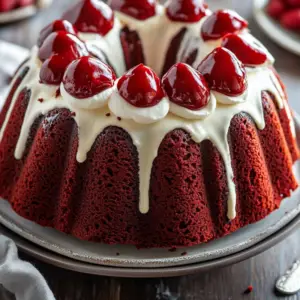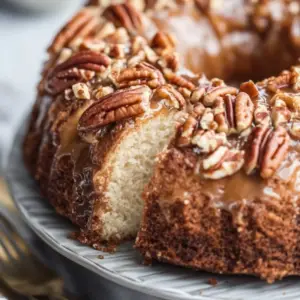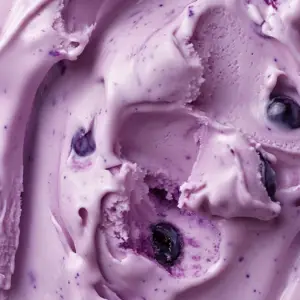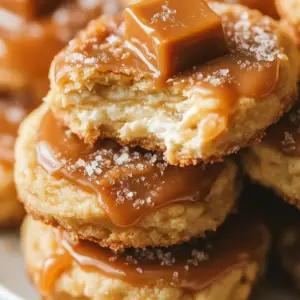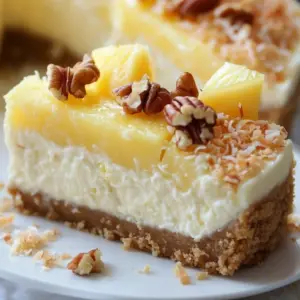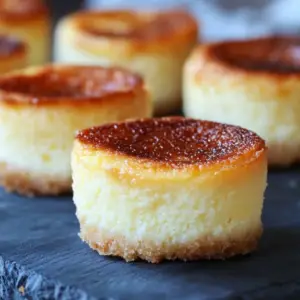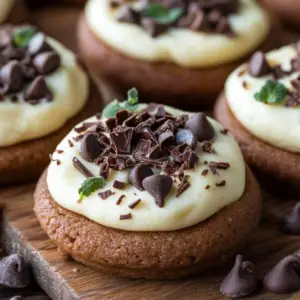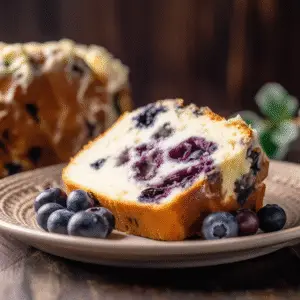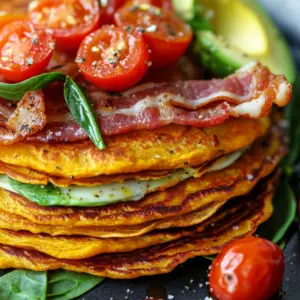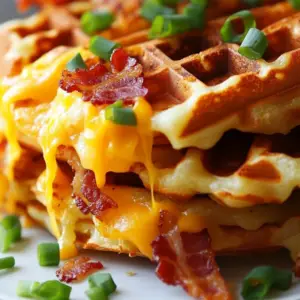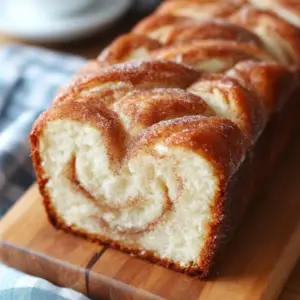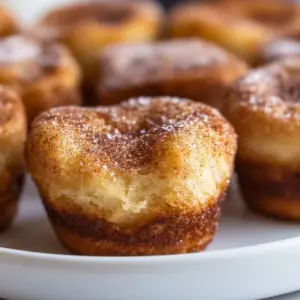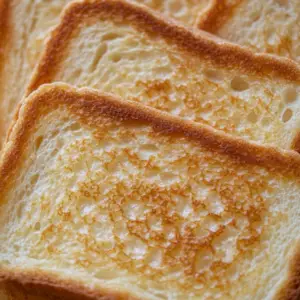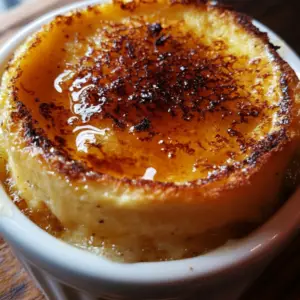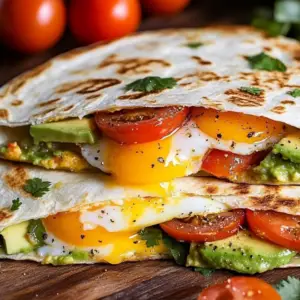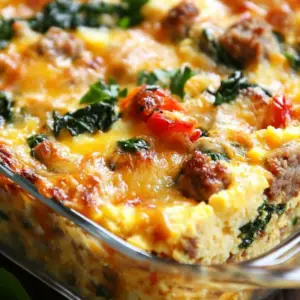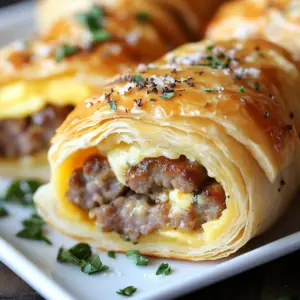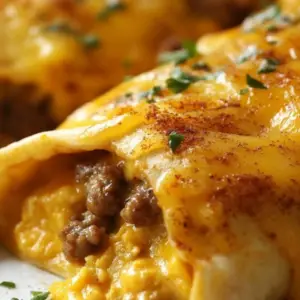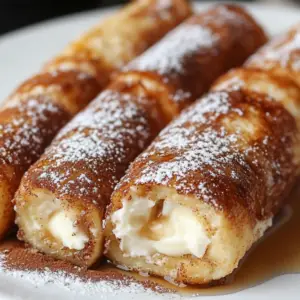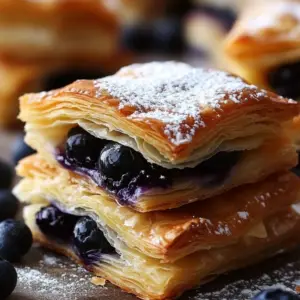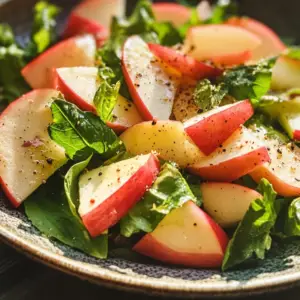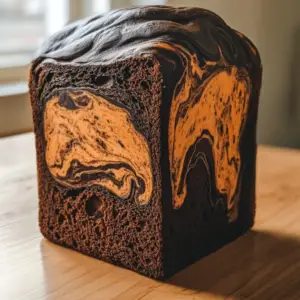First off—thank you. Seriously. Thank you for being the kind of curious, creative soul who still gets excited about simple science and magical moments. Whether you’re here as a parent planning an afternoon activity, a teacher prepping for science day, or just someone who loves a good fizzy surprise—you’re my people. And today, I’ve got something so fun, so easy, and so delightfully whoosh-worthy, you’ll want to do it again and again!
Ready to mix science with a little sparkle? This Baking Soda Balloon Experiment is hands-on, mess-friendly, and bursting (not literally!) with learning potential.
Want the recipe sent straight to your inbox for future fun? 💌
[Click here to subscribe and receive this experiment by email!]
What Is the Baking Soda Balloon Experiment?
The Baking Soda Balloon Experiment is a simple, safe, and educational activity that uses basic kitchen ingredients to create a fun chemical reaction. When baking soda and vinegar combine, they produce carbon dioxide—a gas that magically inflates the balloon before your eyes!
Why You’ll Love This Experiment
It’s kid-approved and wildly entertaining!
No need to buy fancy science kits.
It’s a perfect rainy-day or party activity.
Teaches basic chemistry in a memorable, hands-on way.
What It Looks & Feels Like
The moment that baking soda hits the vinegar? It fizzes, bubbles, and starts hissing like a soda volcano—and then, like magic, the balloon inflates right before your eyes! It’s a bit of science, a bit of art, and a whole lot of fun packed into one joyful reaction. If you added glitter or food coloring? Even better. It’s a mini explosion of color and sparkle!
Ingredients You’ll Need
Simple is the name of the game here. Here’s what you’ll need:
1 balloon (any color)
1 small plastic bottle (a water bottle works great!)
2–3 tablespoons baking soda
½ cup vinegar
Optional: Food coloring
Optional: Glitter or essential oils (for an extra sensory boost)
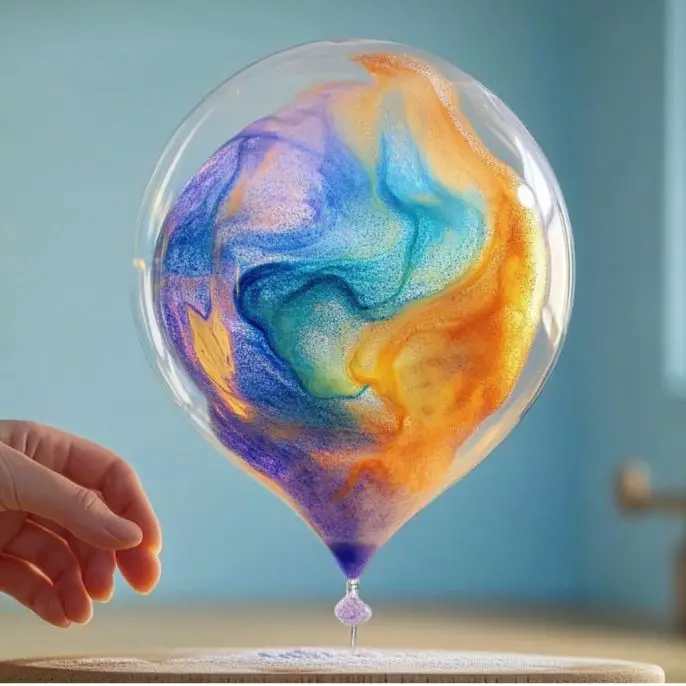
Tools You’ll Want to Have Handy
A small funnel (or DIY one made from rolled paper)
Measuring spoons and cup
A tray or towel underneath (trust me—catch those fizzies!)
Fun Additions and Easy Substitutions
Want to shake things up a bit? You totally can!
Add essential oils like lemon or lavender for a lovely scent.
No funnel? Roll up a piece of paper into a cone shape.
No balloons on hand? Try the reaction in a ziplock baggie and watch it puff up (though you might want to do that one outside—just in case it pops!).
Step-by-Step: How to Make the Baking Soda Balloon Experiment Happen
Step 1: Fill Your Balloon
Using a funnel, add 2–3 tablespoons of baking soda into your balloon. Shake it down gently so it stays inside. Set it aside carefully.
Step 2: Prepare the Vinegar Bottle
Pour ½ cup of vinegar into your plastic bottle. If you’re using food coloring, add a few drops now for some extra color pop.
Step 3: Connect the Balloon
Stretch the balloon’s neck over the mouth of the bottle—but don’t let the baking soda fall in yet! This is the calm before the storm.
Step 4: Let the Magic Happen
When you’re ready, tip the balloon up so the baking soda falls into the vinegar. BOOM—instant fizz, bubbles, and the balloon inflates like a party trick!
What to Serve With This Experiment (Seriously!)
Okay, no actual snacks needed—but this science moment pairs beautifully with:
Curious kiddos eager to learn
A quick science lesson on acid-base reactions
Fun worksheets or coloring pages
A round of applause and maybe some giggles
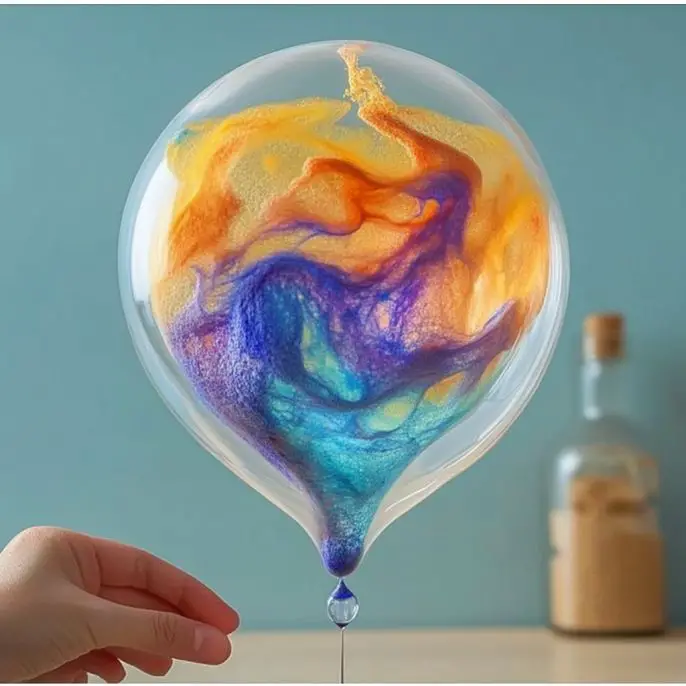
Tips for the Best Balloon Inflation
Make sure the balloon is tightly secured to the bottle to avoid leaks.
Don’t overfill the balloon with baking soda—it might clog.
Use a clean, dry funnel so the baking soda flows easily.
Let the kids take turns and guess what will happen—hello, science talk!
How to Store or Reuse
While this isn’t something to “store” in the traditional sense (unless you’re saving it as a cool art/science display), here are a few quick tips:
Reuse the balloon for another round if it stays intact.
Recycle the bottle after rinsing.
Repeat the experiment with different amounts and observe the differences—hello, mini science fair!
FAQ: Everything You’re Wondering, Answered
What age is this safe for?
It’s great for ages 4 and up, with adult supervision. Always supervise the vinegar and balloon connection step.
Can I use apple cider vinegar?
Yes! It works the same—though white vinegar is usually the cleanest and least sticky.
Will the balloon pop?
Not unless it’s overfilled or the balloon is super tight. Keep the amounts moderate and you’re golden!
Can I drink the reaction?
Nope! It’s safe to touch but definitely not for drinking.
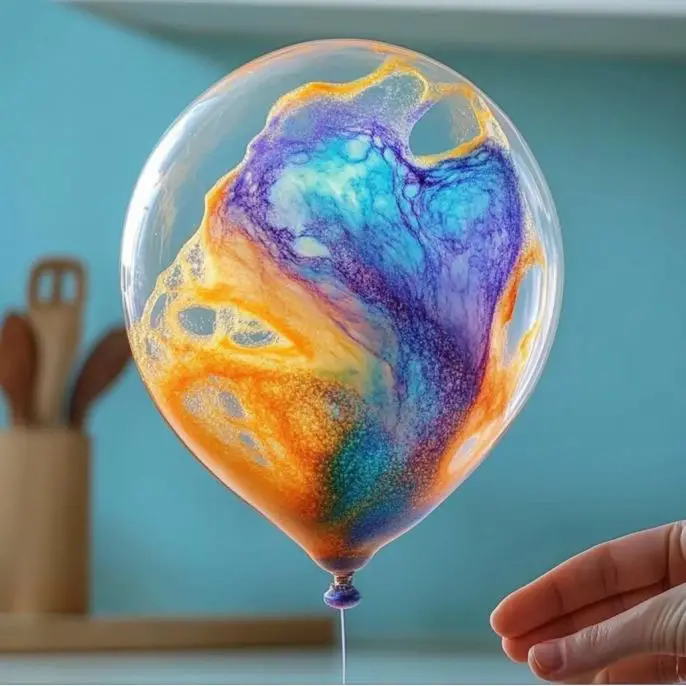
Wrapping It Up: Why This Experiment Rocks
The Baking Soda Balloon Experiment is simple, spectacular, and educational in the very best way. You’ll learn about chemical reactions, gas expansion, and the pure joy of a balloon coming to life with just a few pantry items. It’s an unforgettable science moment you can create in minutes.
Want more kid-friendly experiments and fizzy fun?
🧪 Try these next:
Rainbow Walking Water Experiment
Fizzy Lemon Volcano
Homemade Lava Lamp with Oil and Alka-Seltzer
🍴 Nutritional Info
Okay, this one’s for the brain—not the belly. But here’s a fun science nutrition fact:
1 experiment = 100% fun, 100% learning, 0 calories
Let’s Get Social!
If you try this at home, I would LOVE to see it!
✨ Snap a pic and tag me on Pinterest or your favorite social platform.
📌 Pin this post to save for later!
And if your balloon popped hilariously or your glitter went everywhere?
Tell me in the comments! That’s part of the joy too.
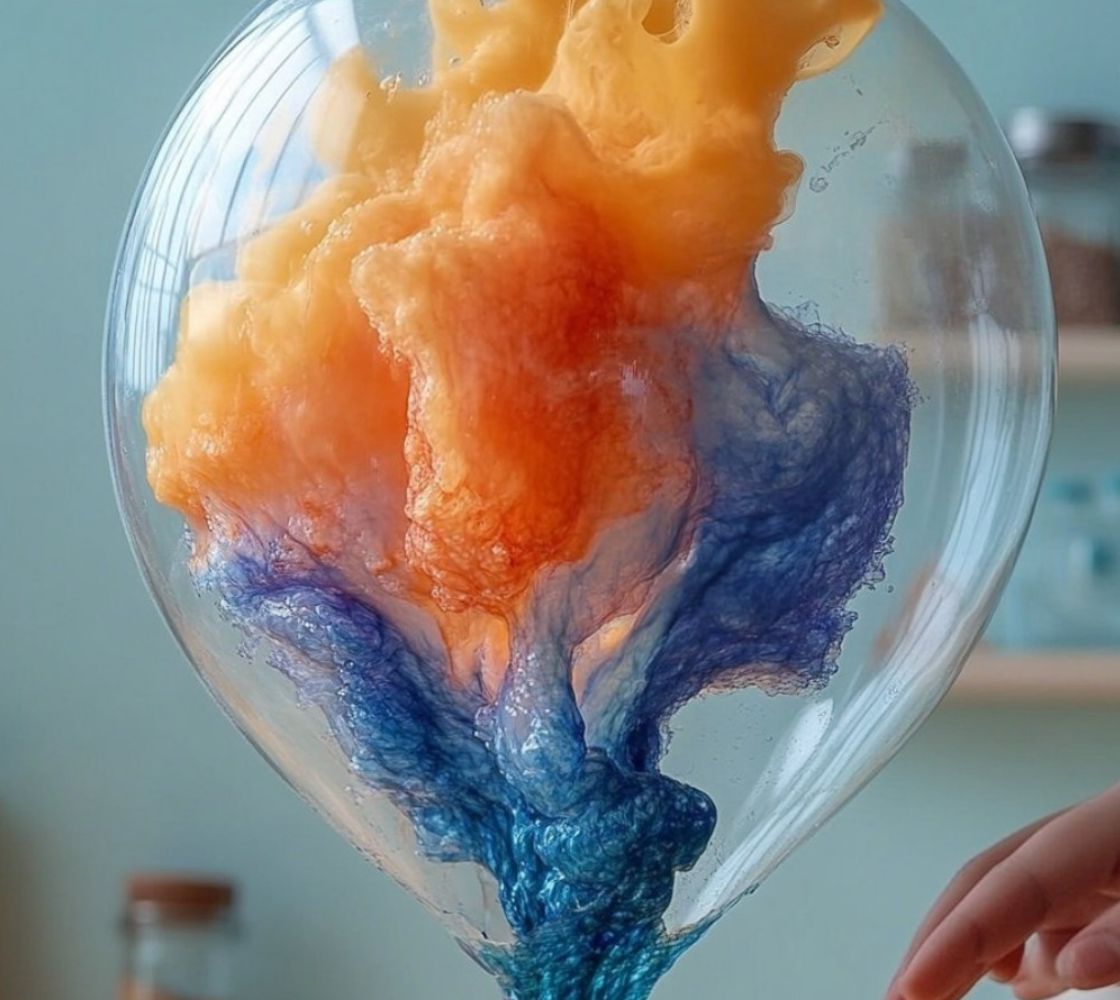
Magical Baking Soda Balloon Experiment
Ingredients
Method
- Using a funnel, add 2–3 tablespoons of baking soda into your balloon. Shake it down gently and set it aside.
- Pour ½ cup of vinegar into the plastic bottle. Add food coloring now if using.
- Stretch the balloon’s neck over the mouth of the bottle without dropping in the baking soda yet.
- Lift the balloon so the baking soda falls into the vinegar. Watch the fizzy reaction inflate the balloon!


